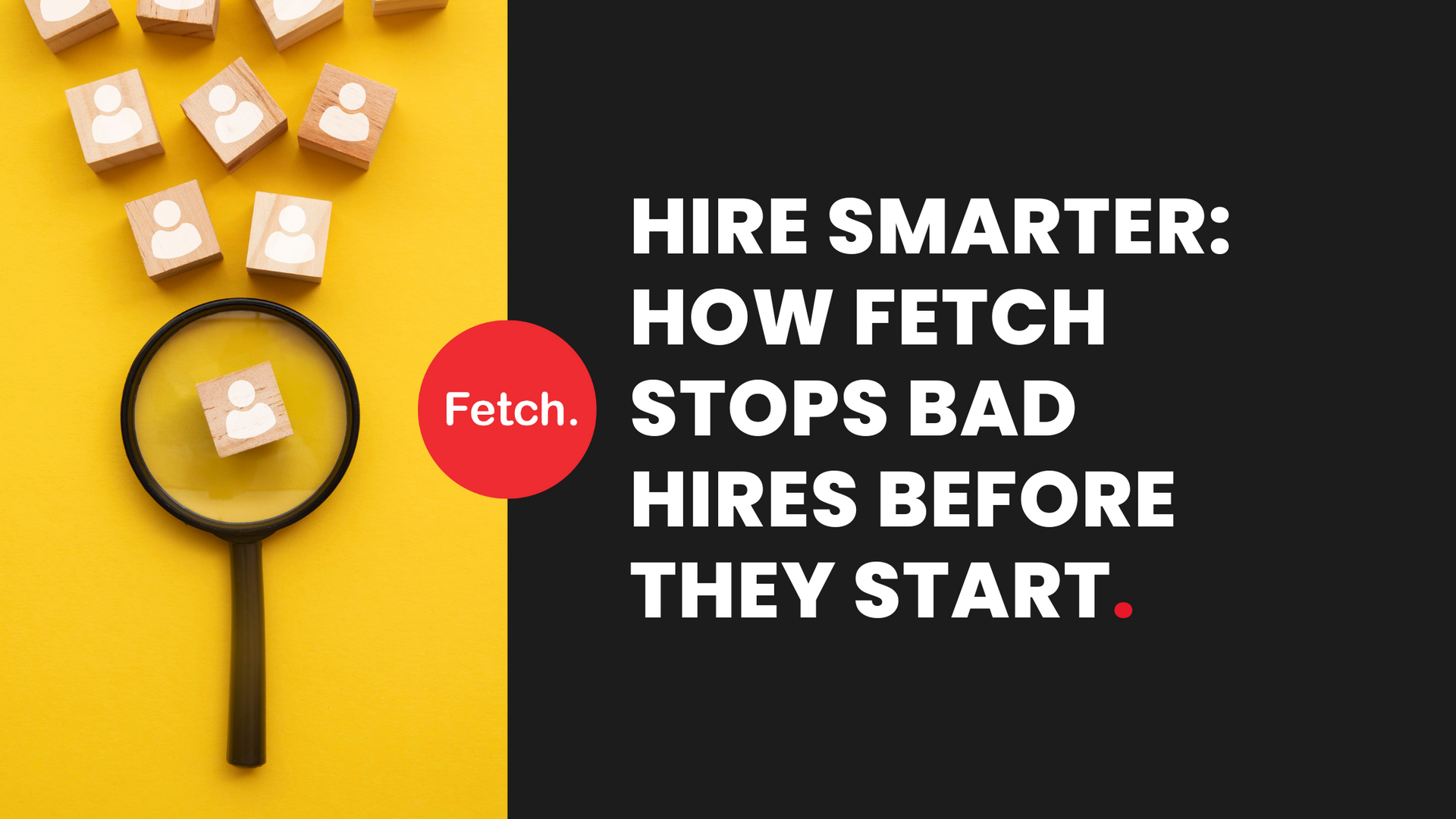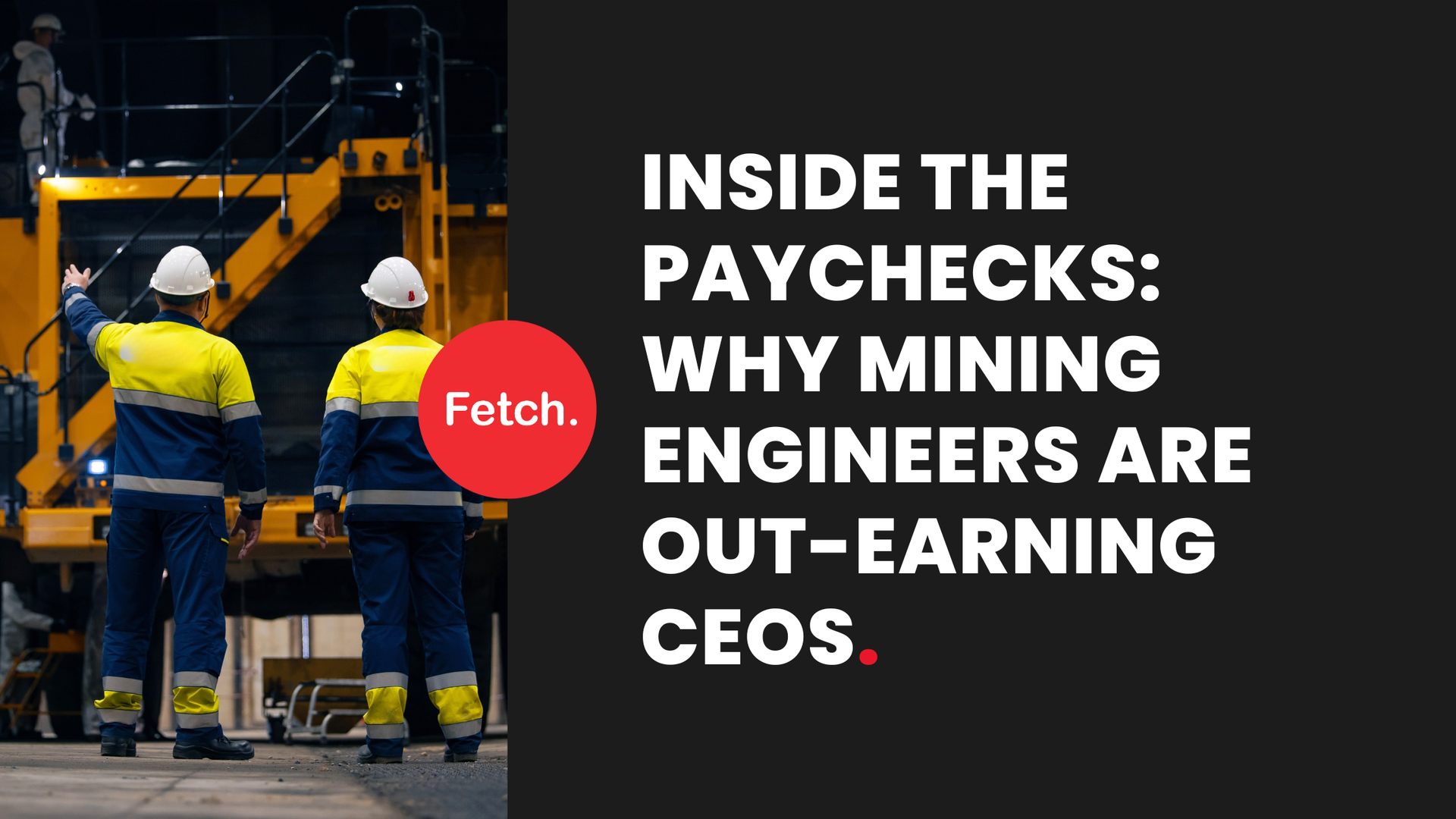
Share This Article
Hire Smarter: How Fetch Stops Bad Hires Before They Start.
Hiring the wrong person can be expensive in time, money, and team morale. At Fetch Recruitment, we understand that every business and role is unique, and that’s why our recruitment process is designed to reduce your risk of bad hires by thoroughly vetting candidates before their resume even lands on your desk.
Here’s how our specialist approach helps you hire the right people, every time.
Step 1: DEFINE — Understanding Your Unique Needs
We start by gaining a deep understanding of your business, project, and the specific role requirements. By clearly defining the skills, experience, and qualities you’re looking for, we tailor our candidate search to match your exact needs, whether you need a skilled tradesperson, corporate professional, or specialist expert.
Why it matters: A clear brief means we find candidates who truly fit your role and company culture.
Step 2: SOURCE — Finding the Right Candidates
Every candidate we consider undergoes detailed, role-specific and behavioural interviews. We assess technical skills, reliability, attitude, and cultural fit, supported by multiple reference checks to ensure past performance aligns with your expectations.
Why it matters: Thorough sourcing means you only receive highly qualified, vetted candidates.
Step 3: SCREEN — Verifying Compliance and Readiness
Candidates complete tailored inductions related to workplace health, safety, and other relevant compliance areas. We also verify all necessary licenses, certifications, and work rights — so you can be confident they’re ready to hit the ground running.
Why it matters: Ensures compliance and reduces onboarding risks.
Step 4: INDUCTIONS — Detailed Candidate Insights
We present candidates with detailed information about their skills, work history, and achievements. This transparency helps you make informed hiring decisions and reduces surprises down the line.
Why it matters: Clear candidate profiles support confident recruitment.
Step 5: DELIVER — Smooth Placement and Support
Our support continues after placement. We keep in touch with you and the candidate to ensure a smooth transition and address any concerns early.
Why it matters: Ongoing support improves retention and satisfaction.
Step 6: AFTERCARE — Building Long-Term Partnerships
We seek feedback and maintain relationships beyond hiring to understand evolving needs and continuously improve our service.
Why it matters: Strengthens partnerships and helps future recruitment success.
Why Choose Fetch Recruitment?
Our thorough and personalised recruitment process helps you avoid costly bad hires, saving you time, money, and headaches. Whether you’re hiring in trades, corporate roles, or specialised sectors, Fetch delivers candidates who are a great fit for your business.
Final Thoughts
Bad hires affect more than just your bottom line — they impact team morale, productivity, and your company’s reputation. With Fetch Recruitment, you get a partner committed to helping you hire right the first time.
Ready to find your next great hire? Get in touch with us today.


